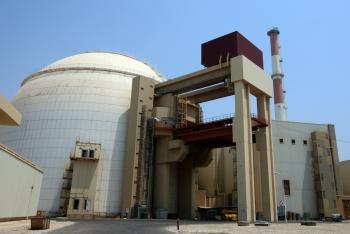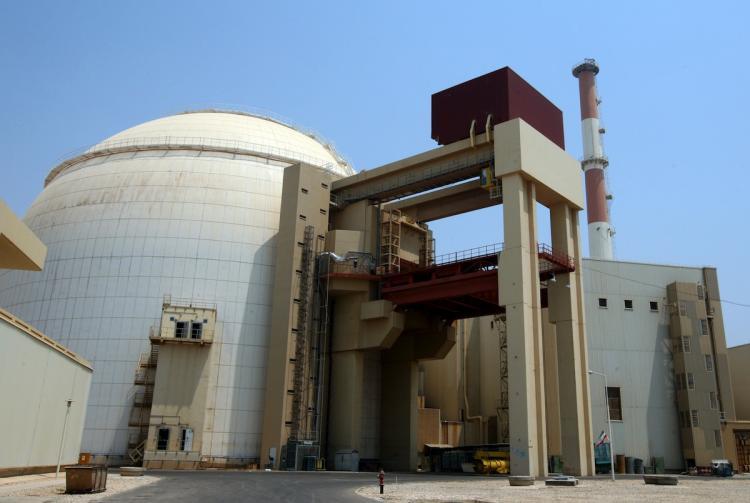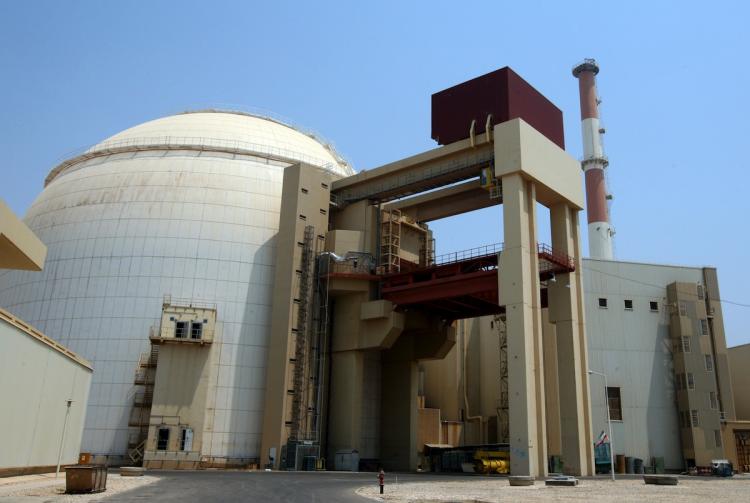Stuxnet Worm has Affected Iran’s Nuclear Facilities for 11 Months
The Stuxnet computer worm which attacked the Siemens Industrial computer systems operating the centrifuges responsible for Iran’s uranium enrichment program last year had not been purged and had actively affected operations for the past 11 months.

The Bushehr nuclear power plant in southern Iran. The plant was infected by the Stuxnet computer virus, the first cyber weapons, which infected the IP addresses of more than 30,000 computer systems inside the plant. Atta Kenare/Getty Images
|Updated:



